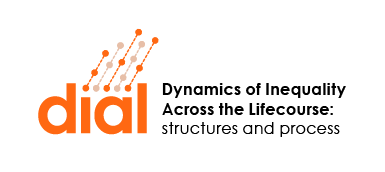This work examines the validity of the two main assumptions of relative risk-aversion models of educational inequality. We compare the Breen-Goldthorpe (BG) and the Breen-Yaish (BY) models in terms of their assumptions about status maintenance motives and beliefs about the occupational risks associated with educational decisions. Concerning the first assumption, our contribution is threefold. First, we criticise the assumption of the BG model that families aim only at avoiding downward mobility and are insensitive to the prospects of upward mobility. We argue that the loss-aversion assumption proposed by BY is a more realistic formulation of status-maintenance motives. Second, we propose and implement a novel empirical approach to assess the validity of the loss-aversion assumption. Third, we present empirical results based on a sample of families of lower secondary school leavers indicating that families are sensitive to the prospects of both upward and downward mobility, and that the loss-aversion hypothesis of BY is empirically supported. As regards the risky choice assumption, we argue that families may not believe that more ambitious educational options entail occupational risks relative to less ambitious ones. We present empirical evidence indicating that, in France, the academic path is not perceived as a risky option. We conclude that, if the restrictive assumptions of the BG model are removed, relative-risk aversion needs not drive educational inequalities.
